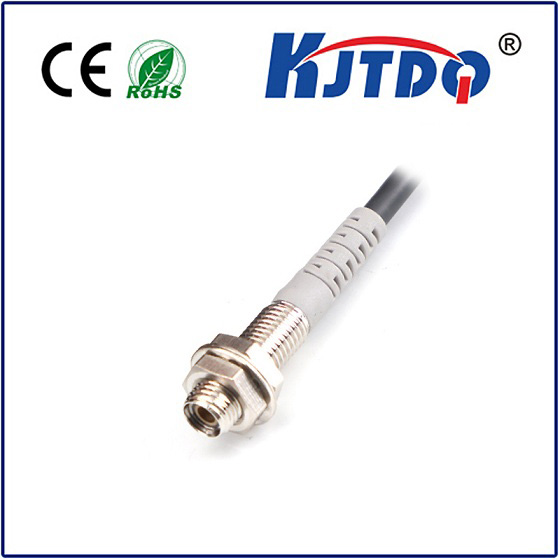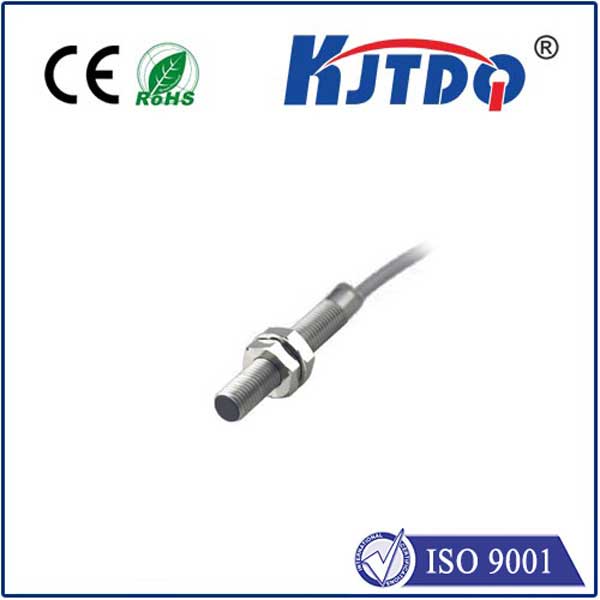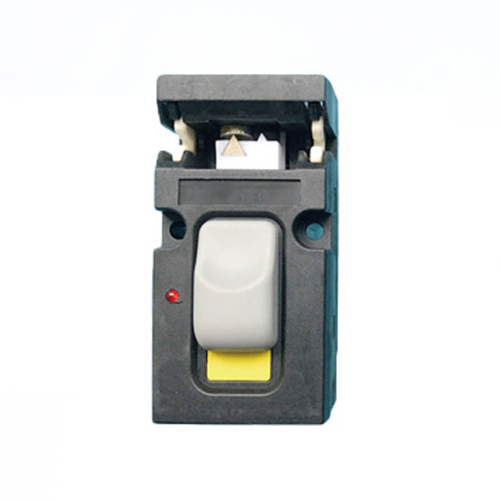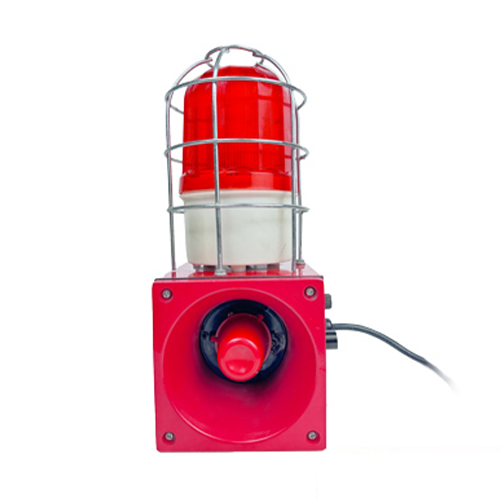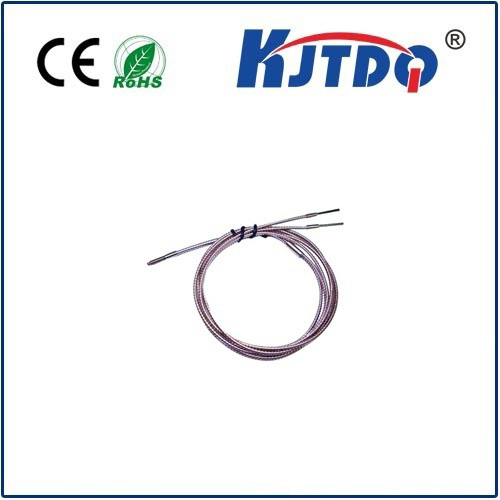![[New Product] High-precision laser ranging displacement sensor [New Product] High-precision laser ranging displacement sensor](https://www.kjt-sensors.com/uploadfile/ueditor/image/202302/167540482135be0b.jpg)
Проверка

Проверка

Проверка

Проверка

Проверка

Проверка

Title: Innovative Proximity Sensor Technology for Laboratory Equipment: Enhancing Precision and Efficiency In the realm of scientific research, precision and efficiency are paramount. Every experiment, every piece of equipment must function flawlessly to ensure accurate results. This is where innovative proximity sensor technology comes into play. Specifically designed for laboratory equipment, these sensors have revolutionized the way experiments are conducted, offering a myriad of benefits that enhance both performance and productivity in the lab. Proximity sensors, by definition, are devices that can detect the presence of nearby objects without any physical contact. They operate on various principles such as capacitive, inductive, or ultrasonic sensing, each with its unique strengths and applications. When integrated into laboratory equipment, these sensors offer unparalleled accuracy and reliability, making them an indispensable tool for modern scientific research. One of the primary advantages of incorporating proximity sensors into laboratory equipment is the enhancement of operational safety. Traditional methods of equipment handling often require direct physical interaction, which can not only lead to user fatigue but also increase the risk of contamination or injury. Proximity sensors eliminate this need for direct contact by enabling hands-free operation. For instance, a lab technician can simply wave their hand near a piece of equipment to activate it, thereby minimizing the risk of cross-contamination and ensuring a safer working environment. Moreover, these sensors significantly improve the efficiency of laboratory processes. By automating tasks that were previously manual, researchers can save substantial amounts of time and focus on more critical aspects of their work. For example, a proximity sensor integrated into a centrifuge can automatically detect when the lid is properly closed before starting the machine, eliminating the need for manual checks and reducing downtime. This seamless automation streamlines workflows and accelerates experimentation, ultimately leading to faster discoveries and advancements. In addition to safety and efficiency, proximity sensors also contribute to the precision of laboratory measurements. Many experimental procedures require exact positioning and alignment of equipment or samples. Proximity sensors provide real-time feedback and precise control, ensuring that every component is perfectly placed. This level of accuracy is particularly crucial in fields such as molecular biology or nanotechnology, where even the slightest deviation can result in vastly different outcomes. Furthermore, the data collected by proximity sensors can be used for detailed analysis and process optimization. Modern sensors are often equipped with connectivity features that allow them to integrate with laboratory information management systems (LIMS) or other software platforms. This integration facilitates the collection and storage of sensor data, enabling researchers to monitor trends, identify patterns, and make informed decisions based on empirical evidence. Over time, this data-driven approach can lead to continuous improvements in experimental design and methodology. In conclusion, the integration of proximity sensors into laboratory equipment represents a significant leap forward in scientific research. These innovative sensors not only enhance safety and efficiency but also elevate the precision and accuracy of laboratory processes. As technology continues to advance, we can expect even more sophisticated applications of proximity sensing, further transforming the landscape of scientific discovery and innovation. With their ability to automate, optimize, and refine experimental procedures, proximity sensors are undoubtedly becoming an essential component of modern laboratories worldwide.
